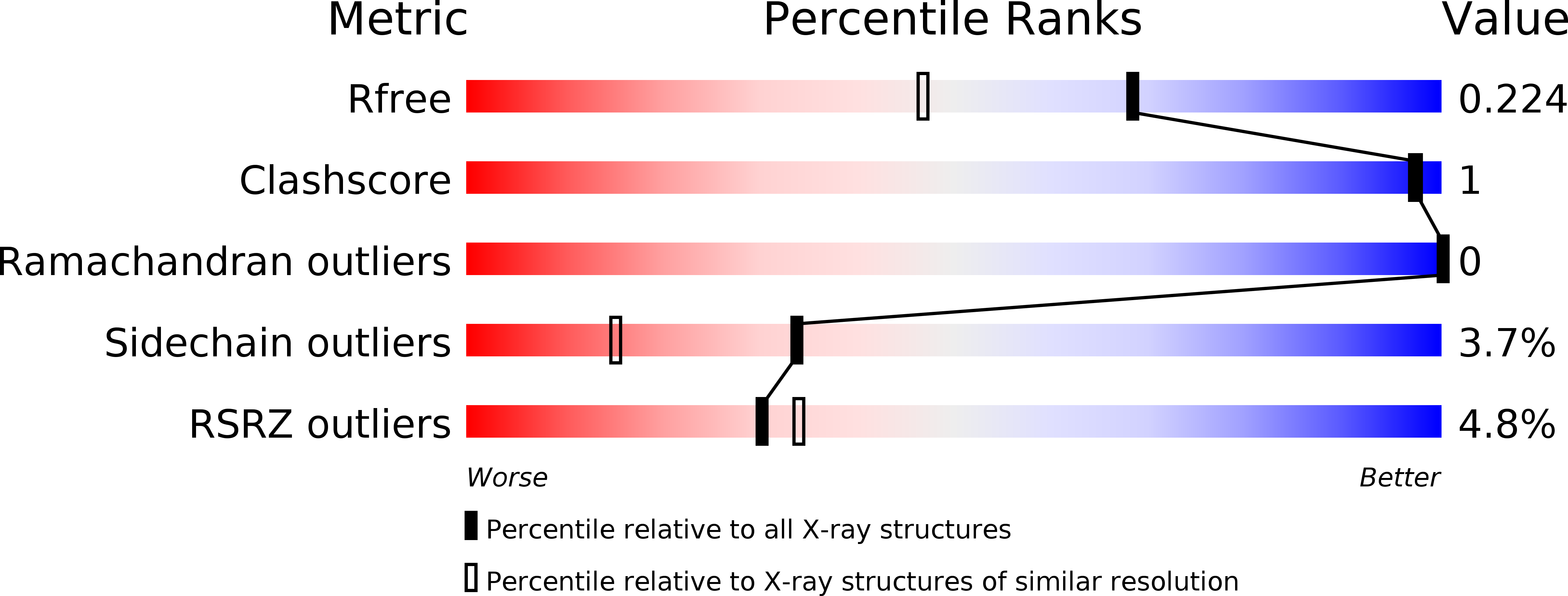
Deposition Date
2018-04-12
Release Date
2019-04-17
Last Version Date
2024-10-09
Method Details:
Experimental Method:
Resolution:
1.70 Å
R-Value Free:
0.21
R-Value Work:
0.16
R-Value Observed:
0.16
Space Group:
P 21 21 21


